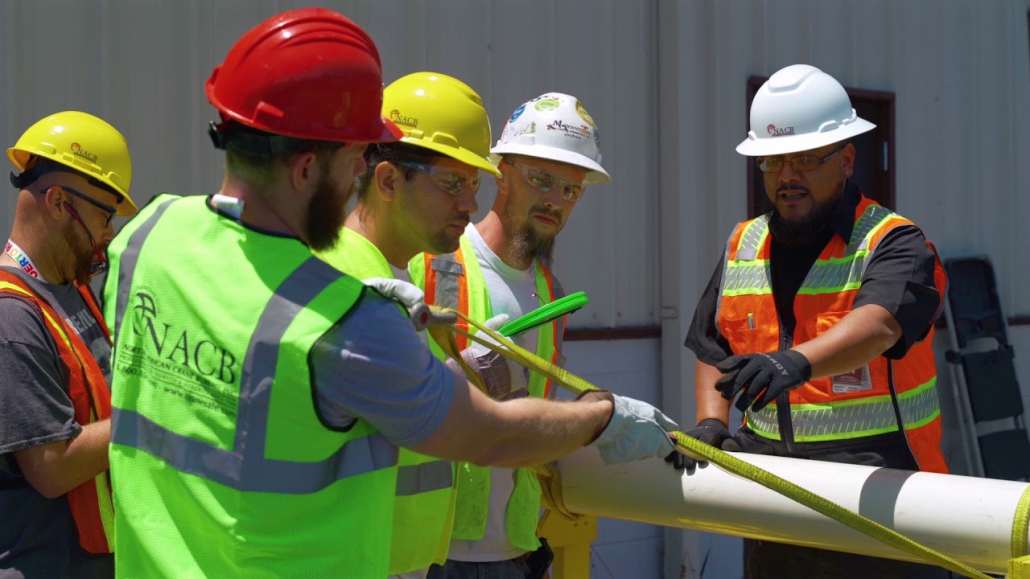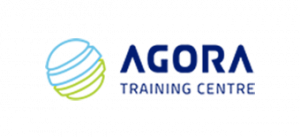
Duration
5 Day Course
Overview
This training will provide candidates a clear understanding of regulations and standard on lifting operations, correct procedure in designing a lift plan, preparation of a lift such as selecting appropriate lifting gears, methods of calculating capacity on every lifting equipment involve in the operation and the roles and responsibilities. During the course, candidates will be given scenarios on which they will analyze each for the safe procedure that must be followed and select the appropriate lifting gears which will be needed to execute the safe lifting procedure as per result the lift planning. The course incorporates theory discussions and practical exercises.
Candidates will be assessed based on their gained knowledge through theoretical assessment and performance assessment on which they will complete series of task on lifting operation.
Objectives
At the end of the each modules, participants will be able to:
Day 1
- Demonstrate and State the use of hand signals
- Identify crane types and their major components.
- Understand the standards and regulations in preparing and performing a critical lift.
- State function of and inspections requirements for rigging hardware
- State the function of, inspection requirement and, inspect manual hoisting equipment and slings
- Identify basic hitches
- Select the correct hitch arrangement for a load
- Determine appropriate sling size for hitch arrangement
Day 2
- Determine the weight of the load to the nearest whole unit
- Calculate areas and volumes of loads to the nearest whole unit
- Convert metric units of length, area, and weight to English units and vice versa.
- Determine lift radii to the nearest whole metric or English unit
- Determine minimum boom tip height required for each lift
- Determine lift radii and boom lengths for any lift
- Determine the maximum lift capacity
- Identify factors which reduce crane capacity
- Identify and defines lift radius, boom angle, boom length, and quadrants of operation without error.
- Determine the required minimum lift parameter values for lifts.
- State the effect of increasing or decreasing lift parameters.
Day 3
- List the factors which determine crane selection
- List the factors which determine crane configuration
- State the types of crane.
- Identify the correct procedures for pick-and-carry operations
- State the safety precautions for pick-and-carry operations
- State lifting beam and spreader bar test requirements
- State when to lifting beams and spreaders
- Select the appropriate lifting beam or spreader for a given load and state how the beam or spreader should be attached to the load
Day 4
- Determine the classification and types of the wire ropes from their constructions.
- Determine appropriate uses for various types of wire ropes.
- State regulations and restrictions regarding the use of radios, without error.
- Identify the operating controls of each radio.
- Explain how to establish, maintain, and terminate radio contact.
- Recite phonetic alphabet.
Day 5
- Identify when a lift plan is required
- Define specialized and critical lifts
- Determine the required information on a lift plan
- Identify all special considerations that will affect the crane capacity during lifts
- Enter all required information on the lift plan correctly.
- Determine whether the specific crane can make the any specialized or critical lift under the given condition
- Verify information and calculation to ensure the crane and rigging equipment is capable of lifting the load
- Correctly check the lift plans and sketches for any inconsistencies and make corrections to the lift plans and sketches as required
Day 6
- State the definition of a heavy-lift operation
- Determine whether given lifts qualify as heavy lifts according to the definition
- State the safety requirements to follow when rigging and conducting heavy lifts
Day 7
- Determine attachment points for loads.
- Calculate the load on each crane.
- Calculate the tension on hitch arrangements.
Day 8
- Practical Exercises / Assessment
Target Audience
Rigger – 1 Training is designed to help participants understand key elements of performing critical or heavy lifts. The Rigger 1 Training is a course that is required to every employee who will be in-charge or supervise a critical lift or specialized lift that requires special skills and training.
Certification
On completion of this course successful candidates will receive a Training Completion Certification on Rigger – 1
Revalidation
Revalidation period for this type of training is required for every 2 years.


